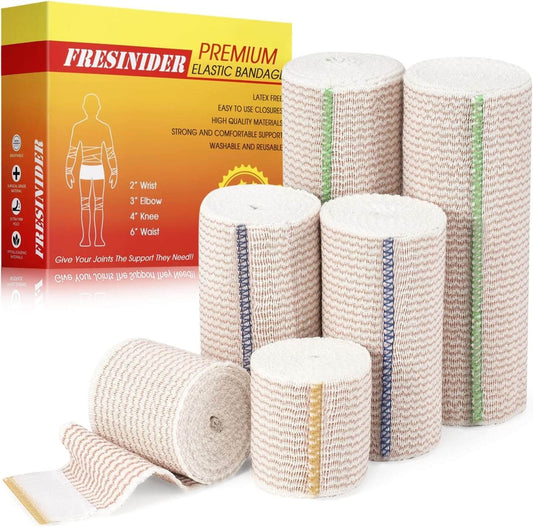Every climber knows the pain: torn skin, sore knuckles, and cracked fingertips that end a session too soon.
A good climbing tape isn’t just an accessory — it’s your second layer of skin, your first line of defense, and your secret to longer, stronger climbs.
In this 2025 guide, we’ll break down what makes the best climbing tape, how to choose the right one for your style, and how to tape your hands and fingers like a pro.
Whether you’re bouldering in the gym, jamming cracks in Yosemite, or projecting on limestone, this is everything you need to know.
What Is Climbing Tape?
Climbing tape is a specialized adhesive cotton or synthetic tape designed to protect your fingers, hands, and wrists from friction and stress.
Unlike standard athletic or medical tape, climbing tape is made to:
-
Stick firmly to skin even when sweaty
-
Tear easily by hand for quick application
-
Provide flexible support without restricting movement
-
Leave little to no residue when removed
Why Use Climbing Tape?
- Prevent skin damage — reduce flappers and cuts from rough rock or plastic holds.
- Support injured fingers — gentle compression and stabilization for strained pulleys or joints.
- Enhance grip endurance — stabilize joints to reduce fatigue over long sessions.
- Aid recovery — protect healing tissue after heavy training days.
How to Choose the Best Climbing Tape
Pick based on your climbing style, skin type, and environment. Focus on these factors:
- Adhesion strength — sticks through sweat and chalk yet removes cleanly. Zinc-oxide adhesives perform well.
- Flexibility — slight stretch is ideal for daily training and crack systems; rigid tapes suit short-term injury support.
- Tearability — hand-tearable lengthwise and across. No scissors at the crag.
- Skin-friendliness — hypoallergenic, latex-free to avoid irritation.
- Packaging & value — sealed tins or cases keep rolls dry; 45-ft rolls last months for most climbers.
Top Picks: Best Climbing Tape in 2025
- 9 rolls (0.3" × 45 ft) in durable tins — value pack for months of training.
- Strong adhesion, easy hand-tear, residue-free removal.
- 100% cotton, latex-free, skin-friendly — ideal for fingers and crack systems.
- Trusted by climbers, BJJ, and multi-sport athletes.
How to Tape Your Hands and Fingers (Step-By-Step)
For Finger Joint Support (Tendon Strain)
- Start with clean, dry skin.
- Wrap a thin strip around the affected joint (not too tight).
- Add a second diagonal layer for stability.
- Check circulation — fingers should bend comfortably.
For Crack Climbing Protection
- Cut 3–4 long strips (~12–15 inches).
- Place strips along the back of the hand from wrist to fingertips.
- Add cross-wraps over knuckles and finger backs.
- Secure with a wrist loop — it should feel like a glove.
For Skin Tears or Flappers
- Clean the area and dry completely.
- Apply tape gently with slight tension over the wound.
- Replace between burns as tape loosens with sweat.

Common Taping Mistakes
- Wrapping too tight — cuts off circulation and reduces strength.
- Using the wrong width — bulky tape limits mobility.
- Taping on wet/oily skin — adhesion fails quickly.
- Overreliance on tape — don’t mask injuries that require rest.
Why Climbers Love FRESINIDER Finger Tape
FRESINIDER balances adhesion, comfort, and clean removal. Each pack includes 9 rolls (0.3" × 45 ft) in reusable tins — ideal for gyms and outdoor trips.
- Strong yet clean adhesive
- 100% cotton, latex-free
- Easy hand tear — no scissors needed
- Perfect width for finger joints and tendon protection
Tips: For detailed taping methods and benefits, check out our full article: What Is Finger Tape and How Does It Work?

Conclusion
The best climbing tape delivers comfort, grip, and protection that help you climb longer and heal faster. Whether you’re patching skin, supporting joints, or building crack gloves, the right tape keeps your hands ready for the next send.







